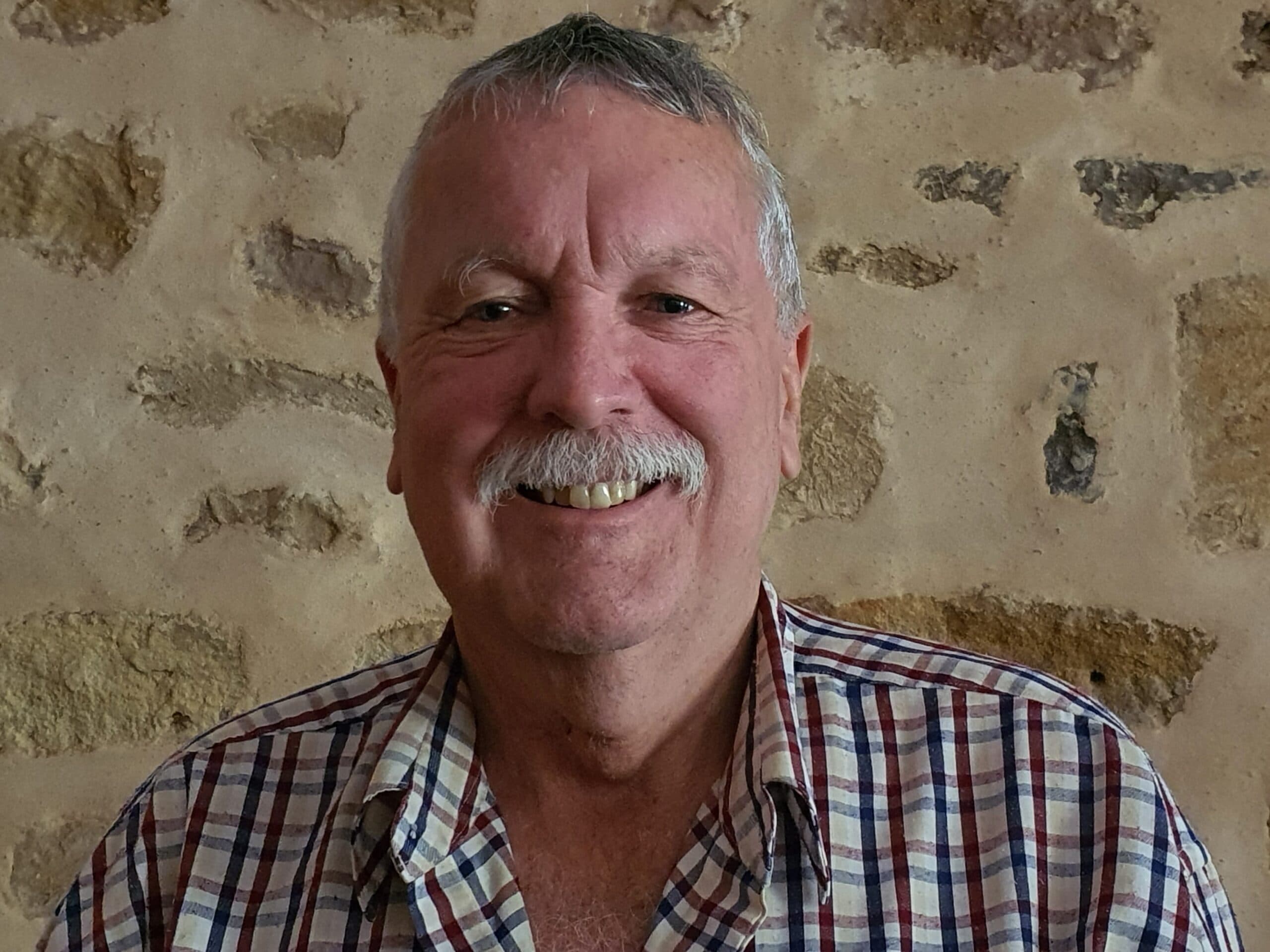How are you involved in the export fodder industry and what inspired you to join the Advisory Panel?
I have been involved in the export hay industry for about 30 years. A number of my farming clients were amongst the first growers for the fledging industry many years ago and have developed with the growth of the sector.
I have always had a strong interest and involvement in research and development (R&D). This has allowed me to be on the front foot when providing advice to both growers and the processing and marketing entities to meet market demand, consistency of supply and product quality. The evolution of objective measurement was something I had to be involved with as the industry developed.
Having participated in, and played an active role in extending R&D I saw an opportunity to join the Advisory Panel to drive research, development and extension (RD&E) for industry growth and development. Working closely with growers and exporters I have a strong understanding of their needs and now have the opportunity to help set the direction of RD&E– to determine what the appropriate parameters are for the market, to assist in meeting these parameters and to break the nexus that exists between cereal hay yield and product quality.
Personally, a key goal is to help set the stage for industry growth and development through R&D and we’re making key progress towards this.
What would you describe as your major achievements in the industry so far?
At the farm level being able to assist producers in their pursuit of creating a solid enterprise has been very rewarding. This has meant having some input into all aspects of the industry from variety selection to chemical residues, toxin identification and management, innovation in machinery for hay production, developing protocols for field research and assisting in developing parameters of hay quality–especially those relating to animal preference and performance.
For the wider industry being able to understand the supply chain has meant a more focused farm enterprise and national industry with emphasis on processor, market and customer requirements,
What are your RD&E interests in the export fodder industry?
For me, providing safe and valued products for the market, creating adequate yield and quality for the producer and to assist and understand the requirements of the post farm, processor and market sectors is key.
Risk reduction is a major priority, be that to maintain and increase the financial output at the farm level, to achieve the requirements for the enterprise, to reduce the amount or exposure to weather impacts, to provide a safe product free from residues, toxins and contaminants and to position Australian cereal hay as the preferred source of fibre to the market.










